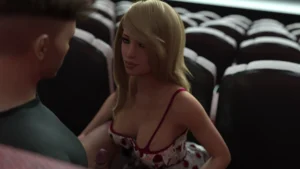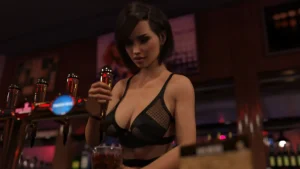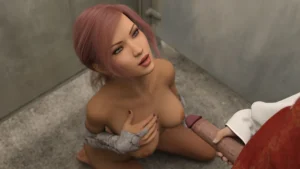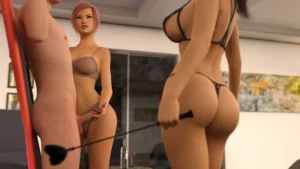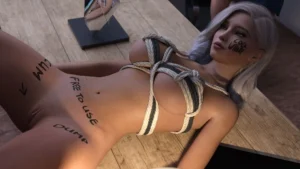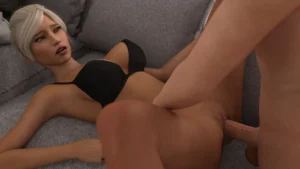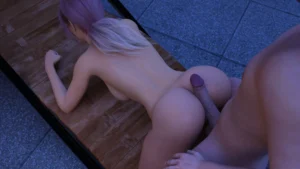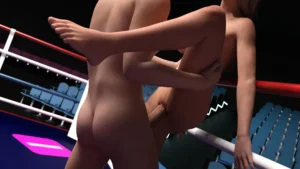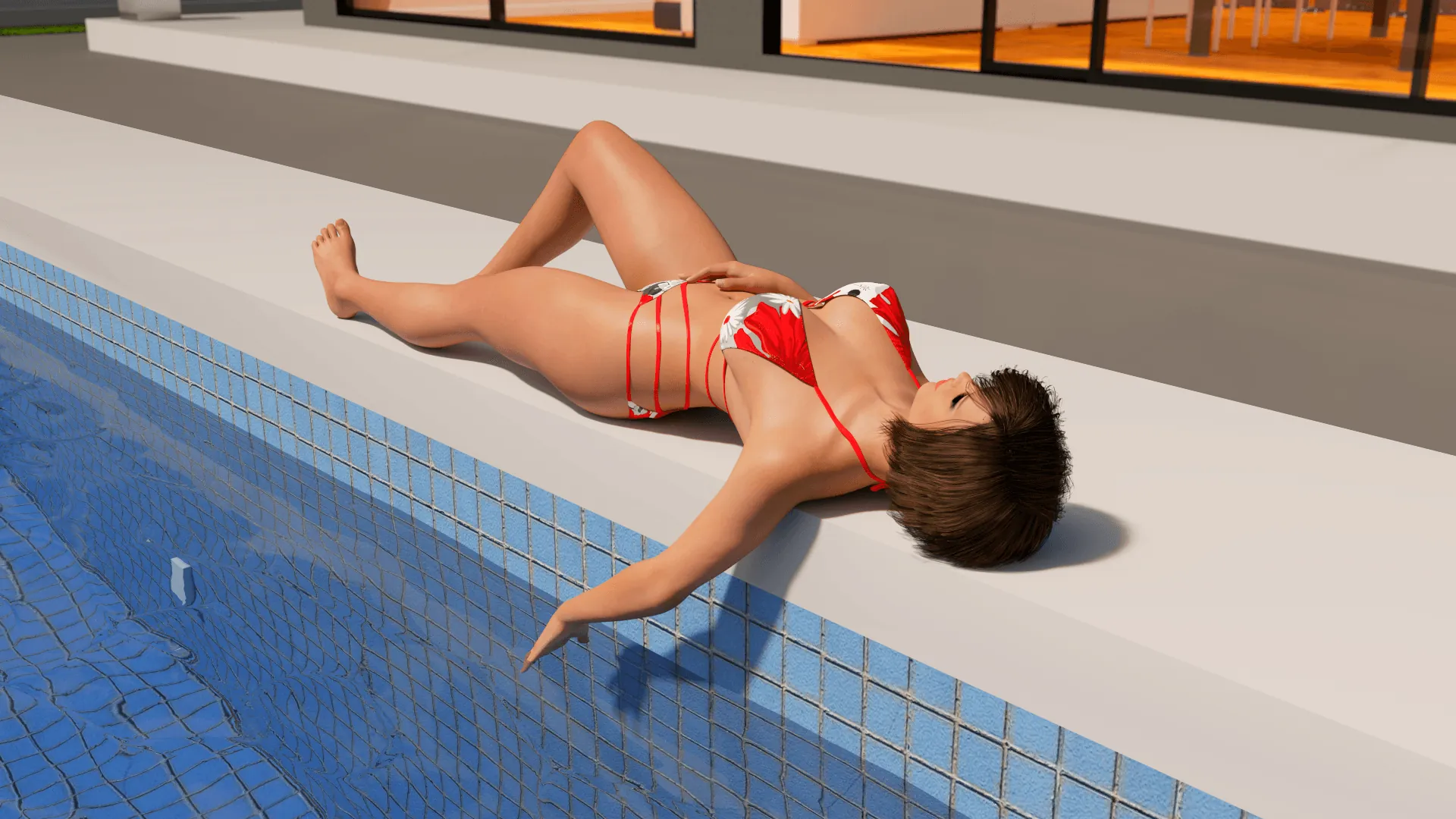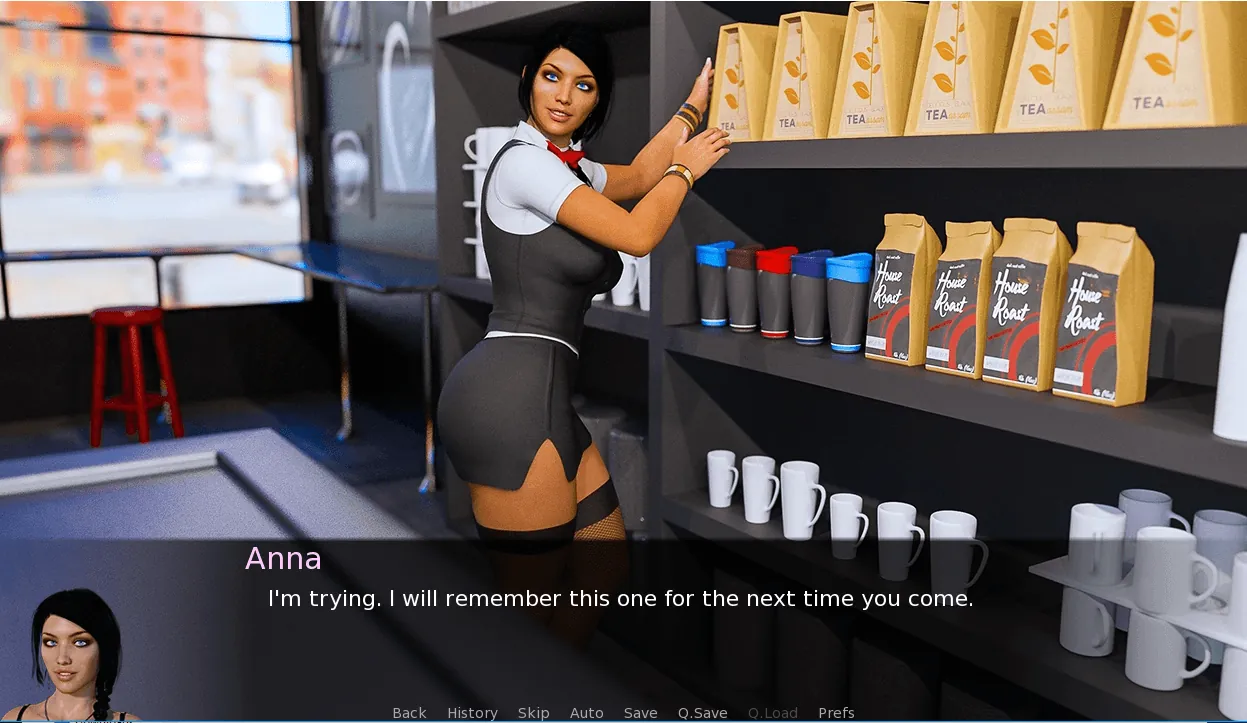
Play Returning to Mia
Returning to Mia review
Explore the storyline, gameplay mechanics, and tips for Returning to Mia
Returning to Mia is a narrative-driven game set two years after the events of Summer with Mia, inviting players to reconnect with Mia and shape the course of their relationship. This article dives into the game’s immersive storyline, gameplay mechanics, and practical advice to enhance your experience. Whether you’re a returning player or new to the game, discover what makes Returning to Mia a compelling journey.
Understanding the Story and Setting of Returning to Mia
Ever had a summer that just stuck with you? 😊 That’s the magic of Summer with Mia, a visual novel that captured hearts with its sun-drenched romance and coming-of-age story. Well, get ready to dive back in, because Returning to Mia picks up the story two years later, and let me tell you, it’s an emotional journey you won’t want to miss. This isn’t just a simple sequel; it’s a deep, reflective continuation that asks a powerful question: what happens after the “happily ever after”?
The core of the Returning to Mia storyline is this beautiful, sometimes painful, exploration of reconnection. Life has moved on, people have changed, and the game masterfully pulls you into this world of matured emotions and complex histories. If you loved the first game, understanding the Summer with Mia connection is key to appreciating the depth of the narrative waiting for you here.
### What is Returning to Mia About? 🤔
At its heart, Returning to Mia is a story about growth, nostalgia, and the courage it takes to rebuild something beautiful. You reprise your role as the protagonist, returning to the familiar coastal town after two years away at university. The carefree summer fling is a distant memory, replaced by the complexities of young adulthood.
The Returning to Mia plot thrusts you into this new reality. Mia isn’t exactly the same girl you left behind. She’s more reserved, perhaps a little guarded, and there’s a palpable distance between you that wasn’t there before. The game’s brilliance lies in how it makes you feel that distance. The initial conversations are a little awkward, filled with unspoken words and memories you’re both tip-toeing around. 😅
The entire Returning to Mia narrative is driven by this desire to bridge that gap. It’s not about grand gestures, but about the small moments: a shared glance, a hesitant smile, choosing to be vulnerable when it would be easier to walk away. The game perfectly captures the bittersweet feeling of returning to a place you love, only to find that both it and you have changed.
Pro Tip: Don’t rush your reunion! Take your time to explore the town and talk to other characters. You’ll often uncover crucial insights about what Mia has been through, which will inform your Returning to Mia relationship choices.
### Timeline and Connection to Summer with Mia ⏳
Understanding the Returning to Mia timeline is essential for full immersion. The game is set a solid two years after the events of Summer with Mia. This isn’t a direct next-day sequel; a significant amount of time has passed, and that gap is a central character in the story itself.
Your actions and decisions from the first game are the foundation upon which this new story is built. This is the most critical part of the Summer with Mia connection. The game imports your save data (or allows you to recount your past choices), meaning your previous relationship with Mia directly shapes your starting point.
Did you have a deep, romantic connection with Mia? Or was your relationship more friendly and platonic? Perhaps you pursued another character entirely? All of this history matters. The Returning to Mia narrative acknowledges your past, creating a deeply personalized experience. Characters will reference old inside jokes, and Mia’s demeanor towards you will be colored by your shared history—or lack thereof.
This table breaks down how your past directly influences your present:
| Your Past in ‘Summer with Mia’ | Impact on ‘Returning to Mia’ |
|---|---|
| Romantic Relationship with Mia | Strong foundation, but more emotional complexity and expectations to navigate. The distance hurts more. |
| Close Friendship with Mia | A warm, familiar start, but the path to romance is slower and requires carefully chosen words and actions. |
| Pursued Another Character | Noticeable initial awkwardness. Rebuilding a connection with Mia requires patience and proves your genuine interest. |
### Key Characters and Relationship Dynamics 🎭
The cast of Returning to Mia characters is a mix of beloved returning faces and some intriguing new ones, each adding layers to the story. Of course, Mia remains the central figure, and her development is phenomenal. She’s more than just a love interest; she’s a fully realized person with her own dreams, insecurities, and life beyond the protagonist.
Other returning characters, like mutual friends from the first game, act as bridges between your past and present. They provide context, gossip, and sometimes much-needed advice. New characters often represent the life Mia built in your absence, introducing elements of friendly rivalry or support that test your commitment.
But the true star of the show is the system of Returning to Mia relationship choices. This is where the game truly shines. Every dialogue option, every decision to spend time with someone, and every small gesture carries weight. The game avoids obvious “good” or “bad” choices; instead, it presents you with authentic, often difficult, decisions.
Are you going to be honest about why you left things unclear two years ago? 😟 Will you get jealous if you see Mia laughing with someone else, or will you trust her? Will you push for things to go back to how they were, or will you embrace building something new? These Returning to Mia relationship choices don’t just affect a simple affection meter; they shape the very tone and outcome of your relationship, leading to multiple heartfelt endings.
I remember one playthrough where I thought being overly enthusiastic and romantic from the get-go was the right path. Big mistake! 🙈 Mia’s character felt smothered, and she pulled away because my actions didn’t respect the distance and growth that had occurred. It taught me that the best Returning to Mia storyline is earned through patience, empathy, and listening more than talking.
Example: Imagine a scene at the old beach cove. Mia is quiet, looking at the sunset. You have a choice:
* Option A: “It’s just like old times, isn’t it?” (Focus on the past)
* Option B: “It’s beautiful, but it feels different now.” (Acknowledge the present)
* Option C: Put your arm around her without saying anything. (A physical gesture)
Choosing Option B led to a deep conversation where Mia opened up about feeling pressure to be the “summer girl” I remembered, instead of who she is now. It was a pivotal moment of understanding that defined the rest of my game. That’s the power of the Returning to Mia narrative; it’s built on moments of genuine human connection.
Ultimately, Returning to Mia is a masterpiece of interactive storytelling. It respects the player’s intelligence and emotional investment, offering a mature and poignant look at love that isn’t just about finding someone, but about finding your way back to each other. It’s a journey well worth taking.
Returning to Mia offers a rich, interactive experience that builds on its predecessor’s story while giving players meaningful choices that shape their journey. Understanding the storyline, mastering gameplay mechanics, and applying practical strategies can greatly enhance your enjoyment. Dive in with an open mind and explore the many paths this game offers. Ready to reconnect with Mia and discover where your decisions lead? Start your adventure today!


